I planned a trip to Israel with my mother, who had never been. She was so upset at the wars in the 70s that she swore not to go until they “made peace” with their neighbors. In the 40 years since, it became clear that wasn’t going to happen, and so we are here together for Mothers’ Day.
It also happens to be the 70th Israeli Independence Day, which is simultaneously marked as the Palestinian Nakba (for catastrophe). It is also the date of the US Embassy’s official opening in Jerusalem, with all the pomp, circumstance and clashes expected of Trump’s grand gesture.
We started with the Western Wall, the holiest place in our shared religion which we are both slightly skeptical of but generally connected to nonetheless. But the massive stones have a presence in our hearts, and we prayed there together, separated by gender of course. We walked the Kotel Tunnels to see the incredible two thousand year old construction, to become even closer to the “Holy of Holies” than one can at the main plaza.
After a day in the Old City, we took an Arab bus from Damascus Gate south to Bethlehem, the site of Jesus’ birth, and my own first understanding of the reality of the occupation. I came here in 2007 after a Birthright trip, where they told us we “would be killed” if we crossed the Separation Barrier. It wasn’t true, and we had a tour from a kind old Palestinian taxi driver of the city, a few Christian sights, and the monstrosity of the wall itself.
Ten years later we crossed the same checkpoint, now under construction for even more permanent control. We met the same driver, unbeknownst to us both. We haggled a bit and got into his taxi, and as I saw his mustache bounce in the rearview mirror, I realized it was the same man. He embraced me as his son (hyperbole to be sure, but heartfelt), and took us to his home to meet his family. After a few hours we departed, crossing the barrier and back into another world that he, and millions of other Palestinians and Arabs cannot enter.
On a tour with Breaking the Silence we drove south to the city of Hebron to see the Occupation at it’s most extreme. 850 settlers reside in the heart of a city of 400,000 Palestinians, protected by 500 soldiers. To create security, these soldiers have enforced the closure of thousands of shops and dozens of roads, leading to the abandonment of hundreds of homes. The settlers take advantage of this emptiness, and move in illegally (even under Israeli law). There are occasionally evacuation orders, after long appeals to the Supreme Court, but when the soldiers come to empty the buildings and return them to their rightful owners, the people on the list are not present and the order cannot be completed. A legal loophole.
Tel Rumeida is now half settled and half closed, and the corner where Israeli soldier Elor Azaria killed disarmed Palestinian attacker Abdel Fattah al-Sharif in 2016. The incident was filmed, and the case lead to widespread media coverage. The soldier’s “thumbs up” to me is really a “fuck you” for taking the photo, and caring about how the “most moral army in the world” treats those under its control.
We returned to Jerusalem on the bus, and the tour leader asked for questions from the crowd. I asked, “how does this end, when both sides seem so locked in conflict”? She said that she doesn’t know, and that the Occupation could continue another fifty years. I asked “how can we help”, and she said “tell the story”. That’s the same lesson I took away from Yad Vashem, the incredibly powerful museum of the Holocaust. Each victim was an individual: a person, with a name and a story who deserved to be told. The exhibits do not spare their mentions of German and occupied European collaborators, and the list of the “righteous among the nations” is few indeed.
Driving through the Negev desert we saw tanks and helicopters performing readiness exercises, and drove within miles of the Gaza border, where 1.8 million live in an open-air prison in increasingly destitute conditions. At least fifty Gazans were killed today by live fire from Israeli snipers for daring to approach the fence under cover of smoke from burning tires, or throwing rocks towards men and women in armor. What were their names? Who will hear their stories and inscribe them in a book to remember forever? Arriving in Tel Aviv just 60 miles up the beach, the air and water are clean, and beach goers and surfers strut the boardwalk. There is no visible concern for rockets or snipers.
These people live in different worlds, occupying the same space but opposing narrative realities. What will it take to bridge the gap between and make this place whole again? Can the separation continue for another generation to mend? This is not the Israel my mother imagined, of the kibbutz and the trees planted in the desert. But it is the one that I grew up with, of soldiers on streetcorners and concrete barriers to peace. I can only hope that next year, we can all return to Jerusalem. Insh’allah.
—
cross-posted from Medium
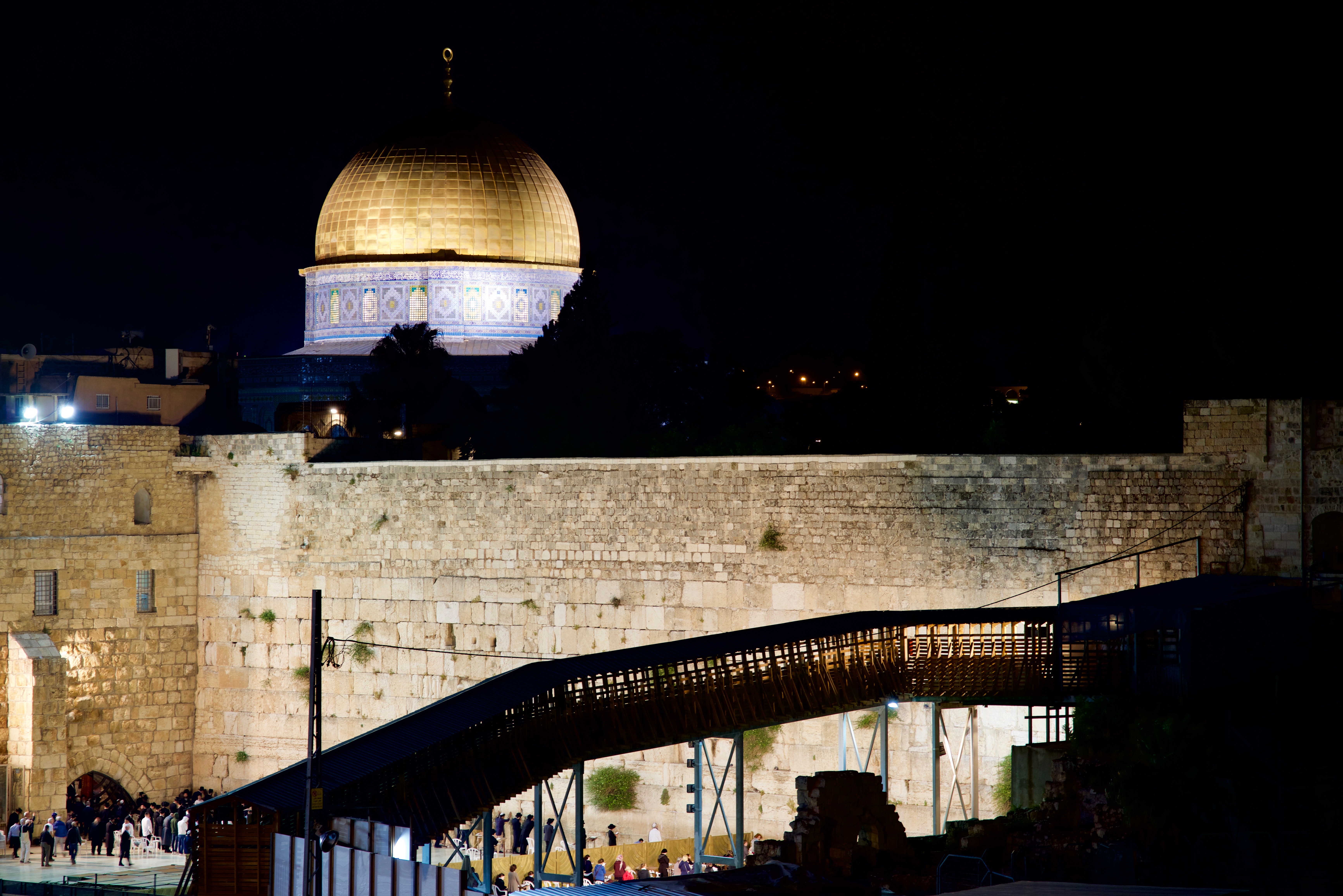
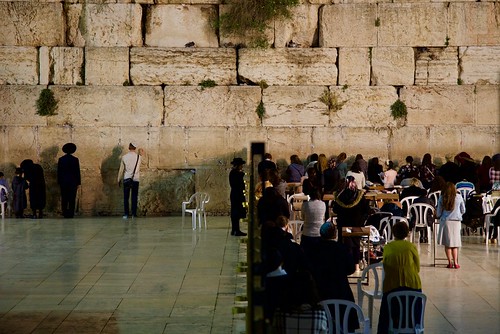
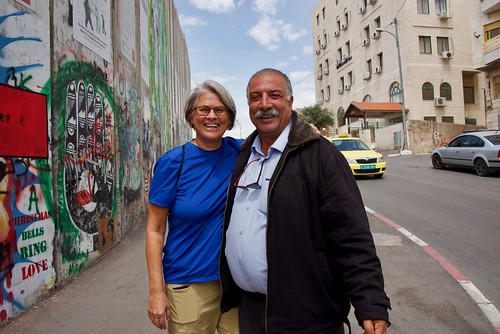
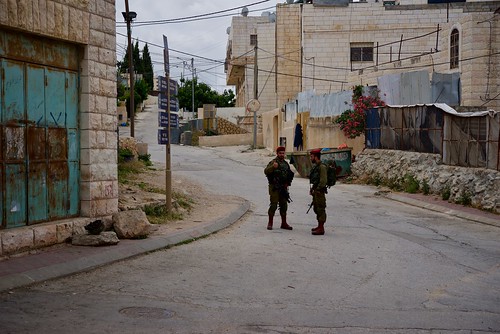
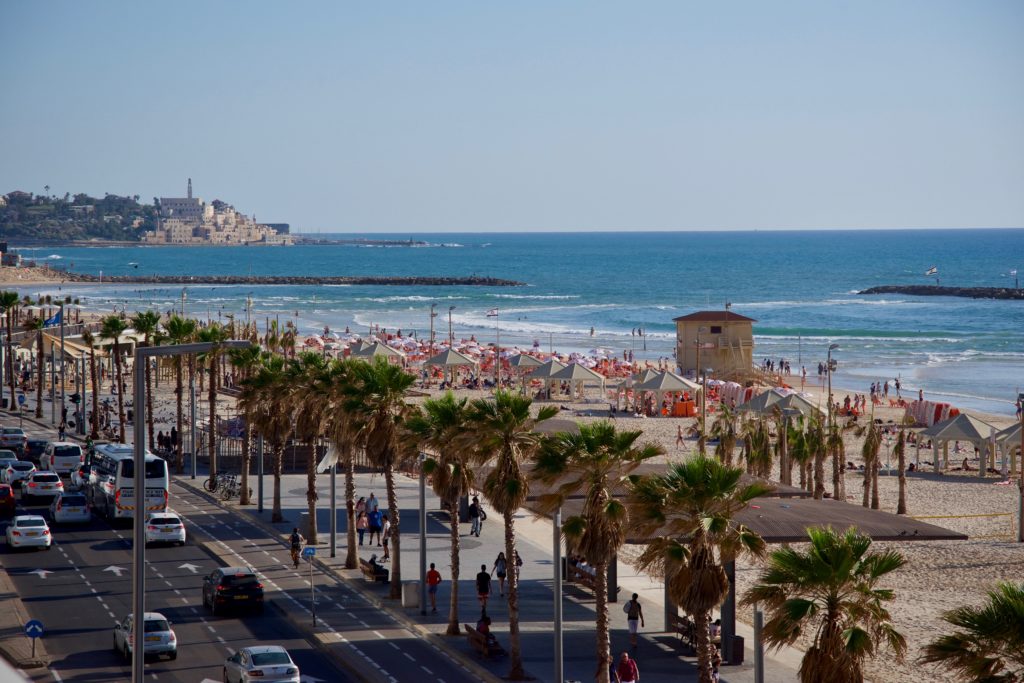
Leave a Reply